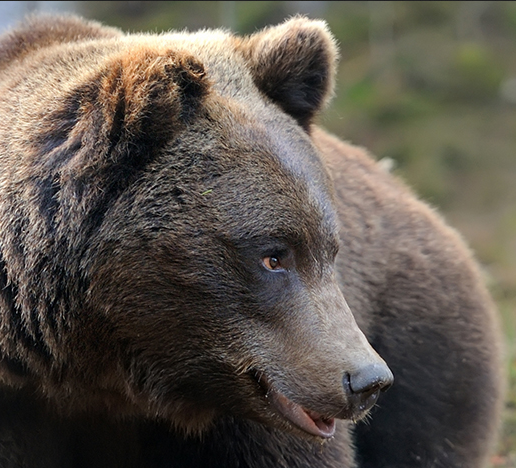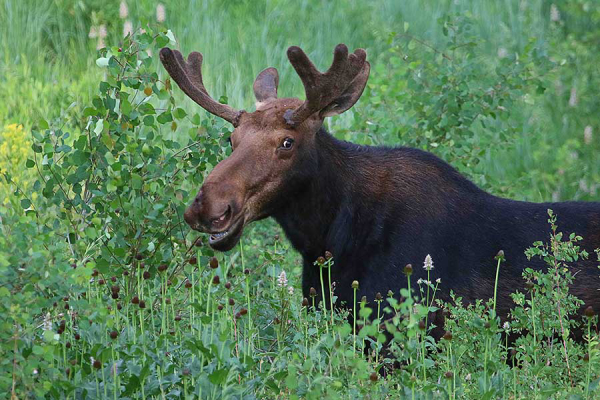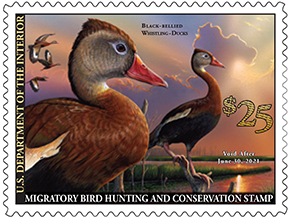QDMA and NDA to Become a Unified Deer Organization

ATHENS, GA (July 7, 2020) – Seizing an opportunity to work more effectively for deer during a challenging period in wildlife conservation, the Quality Deer Management Association (QDMA) and the National Deer Alliance (NDA) today reveal a joint venture that unifies their two organizations into what will soon become a new super-group in deer conservation. The venture will combine the strengths, resources and core initiatives of QDMA and NDA into a single, modernized outfit able to serve deer, hunters and the industry more effectively at a time when the need is greatest.
Boards of Directors of the two organizations completed unanimous approval of unification in late June. Nick Pinizzotto, President and CEO of NDA, will lead the new group.
“While there’s no question the crisis created by the COVID-19 pandemic has hit many organizations hard, we are turning the tables by using the situation, combined with the many challenges deer and hunters are facing, as an opportunity to become laser focused on delivering a mission that serves deer, hunters and industry effectively and efficiently,” said Pinizzotto. Read more


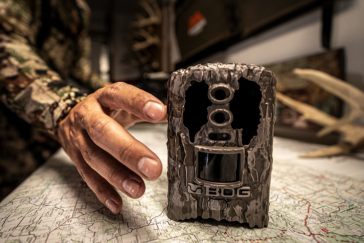
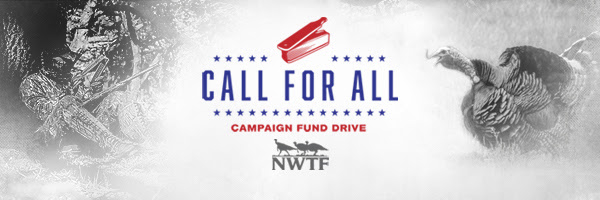
.jpg?g=1593182889509)

